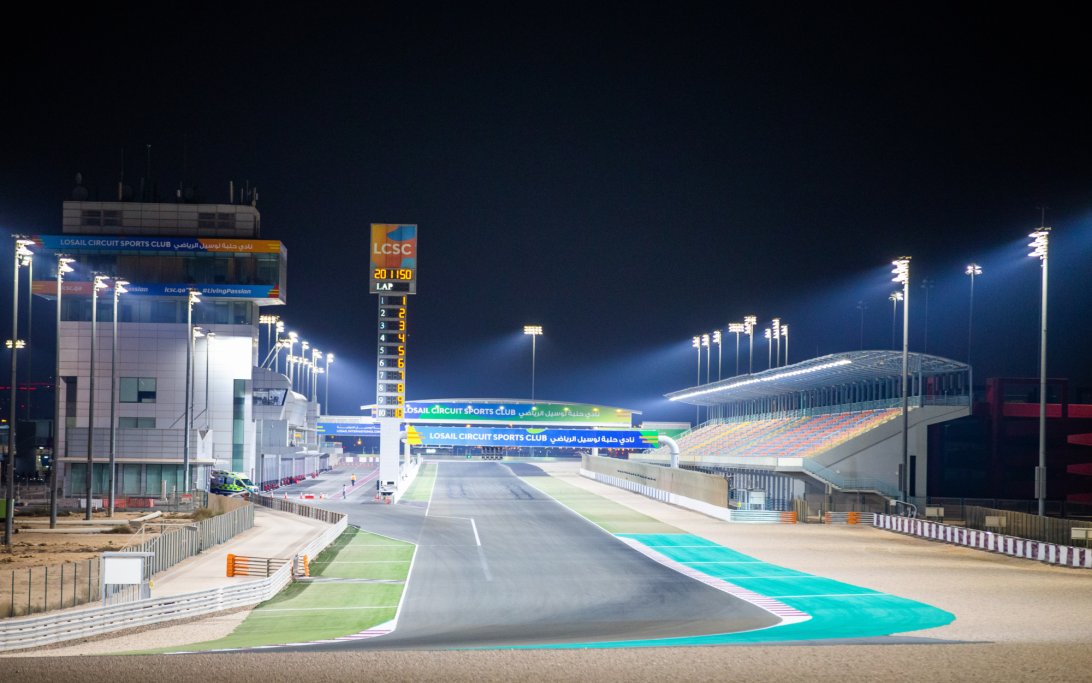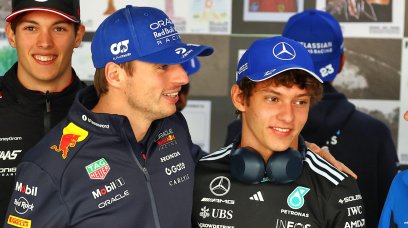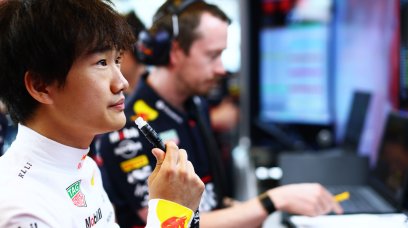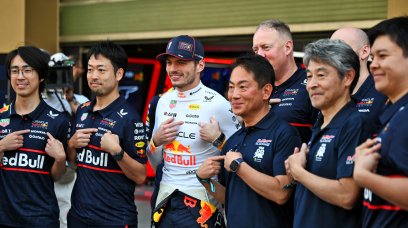F1, the FIA, and Pirelli have agreed to an emergency measure for the upcoming Qatar Grand Prix to mitigate the danger of potential tyre blowouts.
The Lusail International Circuit has become renowned for high tyre wear since its introduction to the calendar, putting the structural integrity of Pirelli's rubber at risk.
To combat the threat of incidents at the upcoming race at the venue over the weekend of November 28-30, Pirelli has mandated that no tyre, across all sessions over the three days, completes more than 25 laps. It means the 57-lap race is a guaranteed minimum two-stopper.
Via a statement, Pirelli said: "In Qatar, a limit will be introduced for the number of laps that each set of tyres can cover over the course of the whole race weekend.
"The decision, taken in agreement with the FIA and Formula 1 and discussed in regular meetings with the teams, is confirmed today by Pirelli through the usual technical document containing event-specific prescriptions sent out two weeks prior to each grand prix.
"Every set of tyres supplied to the teams at the start of the race weekend can cover a maximum of 25 laps of the Lusail track, which is very demanding on tyres in terms of energy, thermal stress and wear. The laps will be counted cumulatively across all track sessions, including laps run under the safety car or virtual safety car.
"Laps to the grid and formation laps, and those completed after the chequered flag in the sprint and the grand prix, will not be included in the count.
"As the Qatar Grand Prix is run over 57 laps, each driver will inevitably have to change tyres at least twice. Before the start of the grand prix, Pirelli will inform the teams how many laps are still available for each set.
"This measure has been deemed necessary, following analysis of the tyres used in 2024. Last year, several tyres, particularly the left front, had reached the maximum wear level. These conditions, combined with the high lateral energy, had increased the structural fatigue of the construction.
"In order to reduce the number of pit stops, the teams had worked on tyre degradation management, limiting performance drop off, which sometimes ran the risk of extending the stint beyond the useful life of the tyre.
"A similar precautionary measure had already been introduced at this track in 2023, although that was for different problems which are now resolved.
"That year, repeatedly going over some kerbs had led to micro-lacerations in the tyres’ sidewalls. Last year, the subsequent modification to the pyramid kerbs, along with the addition of strips of gravel around them, had avoided a repetition of this situation.
"As already announced, Qatar will see the use of the hardest compounds in the Pirelli range: C1 as hard, C2 as medium and C3 as soft. As this is a sprint weekend, each driver will be supplied with two sets of hard, four of medium and six of soft."
Don't miss out on any of the Formula 1 action thanks to this handy 2026 F1 calendar that can be easily loaded into your smartphone or PC.
Download the calenderMost read
In this article




















Join the conversation!